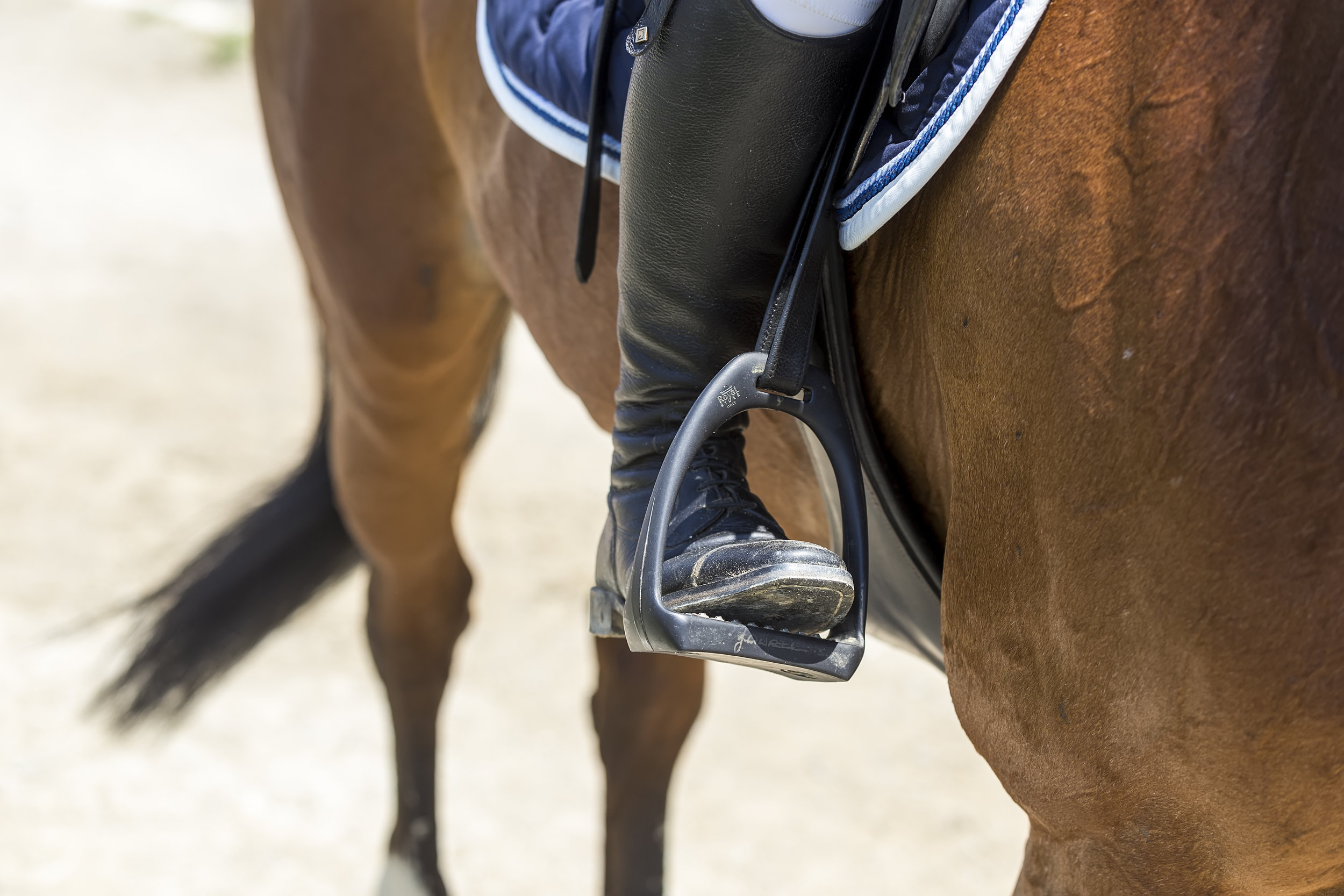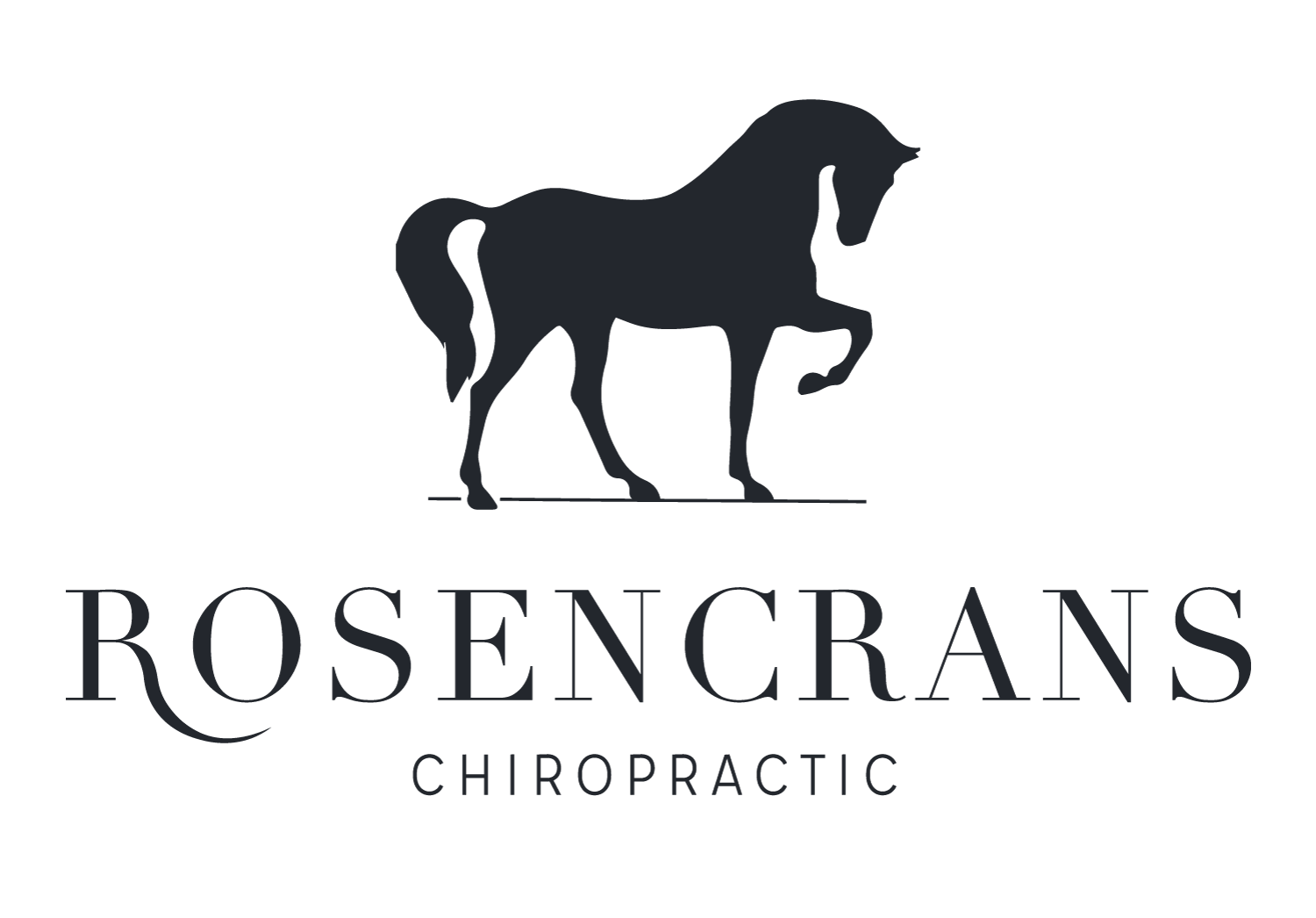
Here are some common questions & responses. Please email Dr. Rosencrans with any further questions.
What is chiropractic and how can it help horses?
Chiropractic is a health profession concerned with the diagnosis, treatment, and prevention of mechanical disorders of the musculoskeletal system, and the effects of these disorders on the function of the nervous system and general health.
Equine chiropractic is an adjunctive, holistic, biomechanical approach to the health and performance of the horse. Chiropractic does not replace veterinary medicine, but provides a complementary method of care. Used concurrently, many of your horse’s musculoskeletal conditions respond dramatically, and rehabilitation can take place quickly and efficiently.
___________
How do I know my horse needs adjusting?
Only certified equine chiropractors can assess proper spinal mechanics so it is a good idea to have every horse evaluated to maintain peak performance. Joint dysfunction (sometimes called subluxations) can cause a variety of symptoms from mild to very severe. The most common is pain. Horses in pain will compensate in gait or in posture and often refuse to perform certain tasks.
Joint dysfunction or mechanical problems can change muscle coordination and flexibility. These conditions can cause lack of gait coordination, improper frame, stiffness in lateral movement of body or neck, inability to engage rear quarters, decreased extension in front or rear.
Subluxations can also cause problems with nerves that supply other cells of body such as the skin, glands, and blood vessels. Some of the symptoms that may result are unusual body or tail rubbing, increased sensitivity to hot or cold, asymmetrical or lack of sweating.
___________
How do you adjust a horse?
Chiropractors are biomechanical experts who detect joint dysfunction and restore proper motion through observation, palpation (touch) and adjustments. Observation allows the doctor to see subtle changes in gait, posture, muscle balance and behavior. Palpation reveals not only conditions such as scoliosis, kyphosis (roachback) or lordosis (swayback), but it also detects alteration in tone, temperature, inflammation, and pain. Acute observation and careful palpation allow the chiropractor to determine if and where an adjustment is needed. Adjustments are specific forces that are applied in a particular direction to restore proper motion and balance to a problematic joint. Each joint is movable, and if the correct angle is used, the adjustment is relatively easy using low force. Credentials are critical when choosing someone to adjust your horse.
___________
How do I find out more about animal chiropractic?
The AVCA website is a terrific resource.
